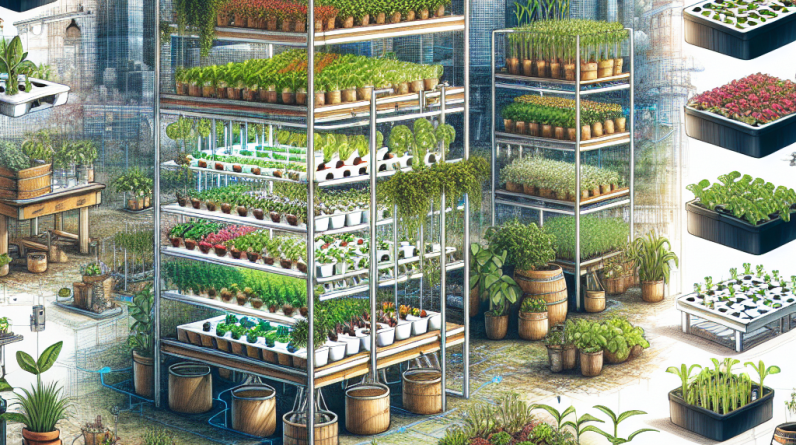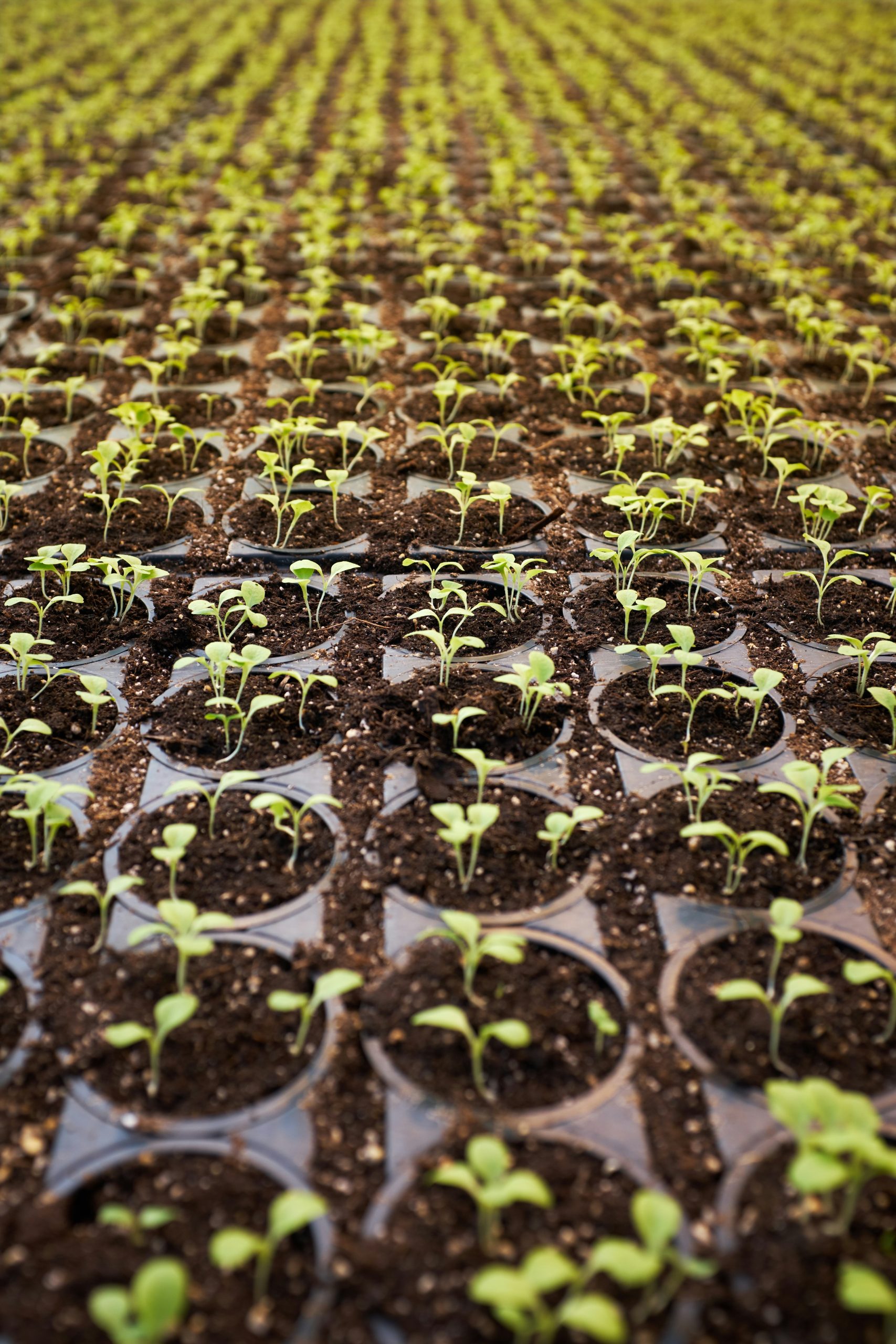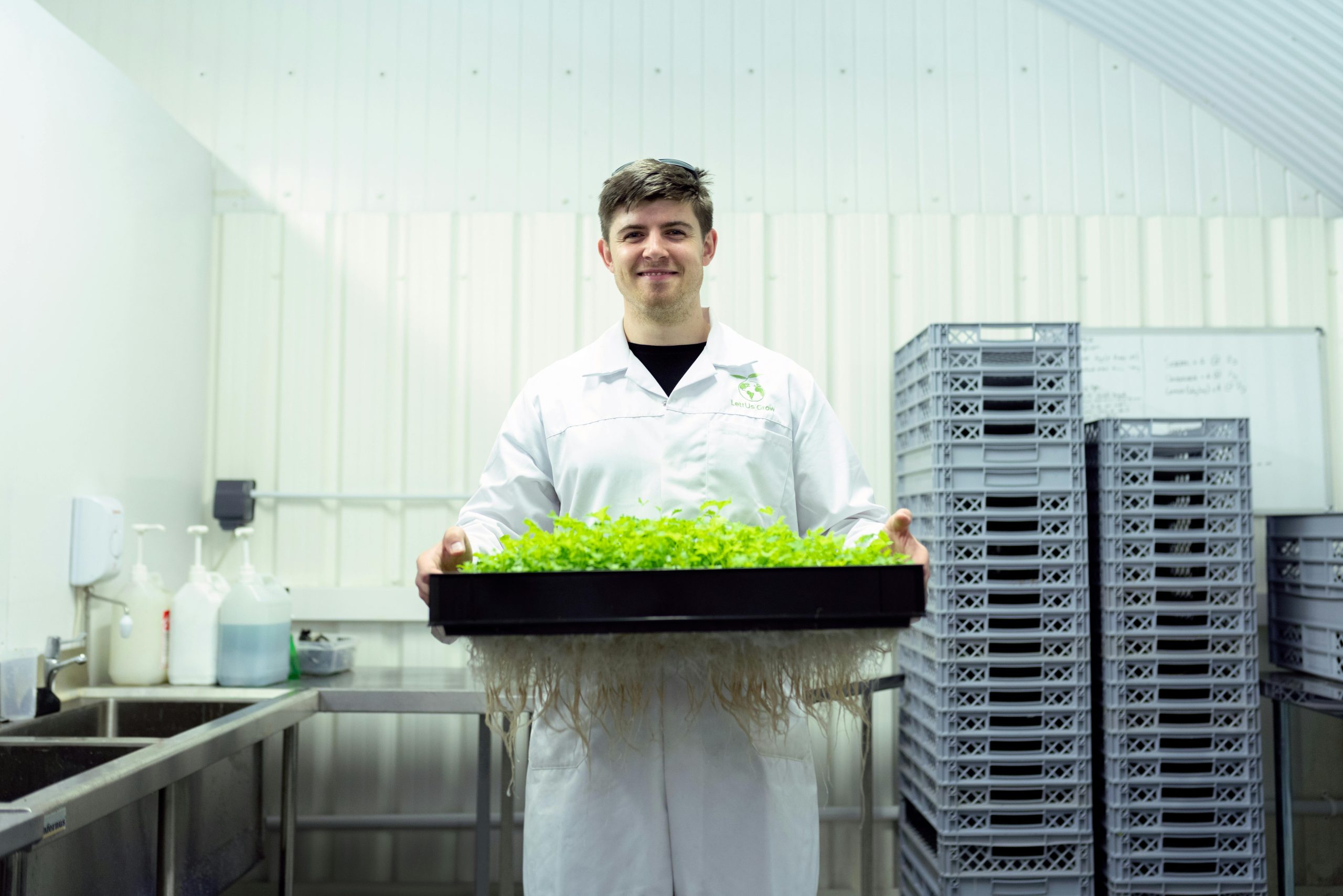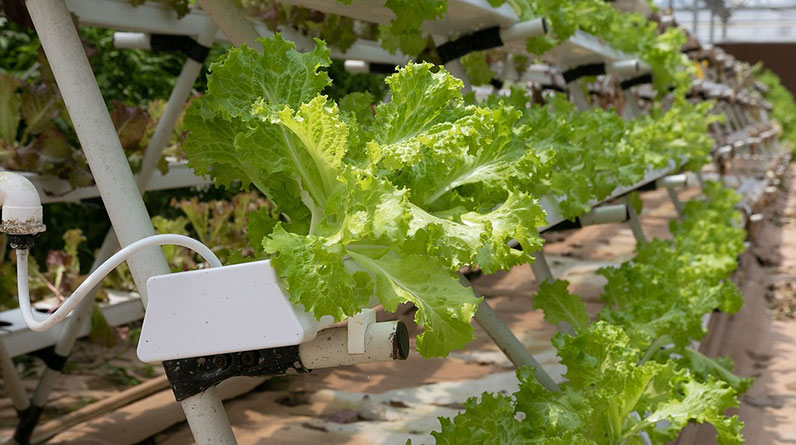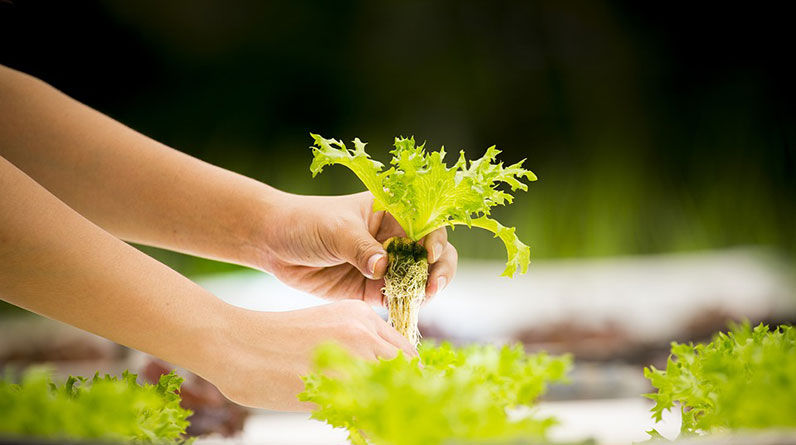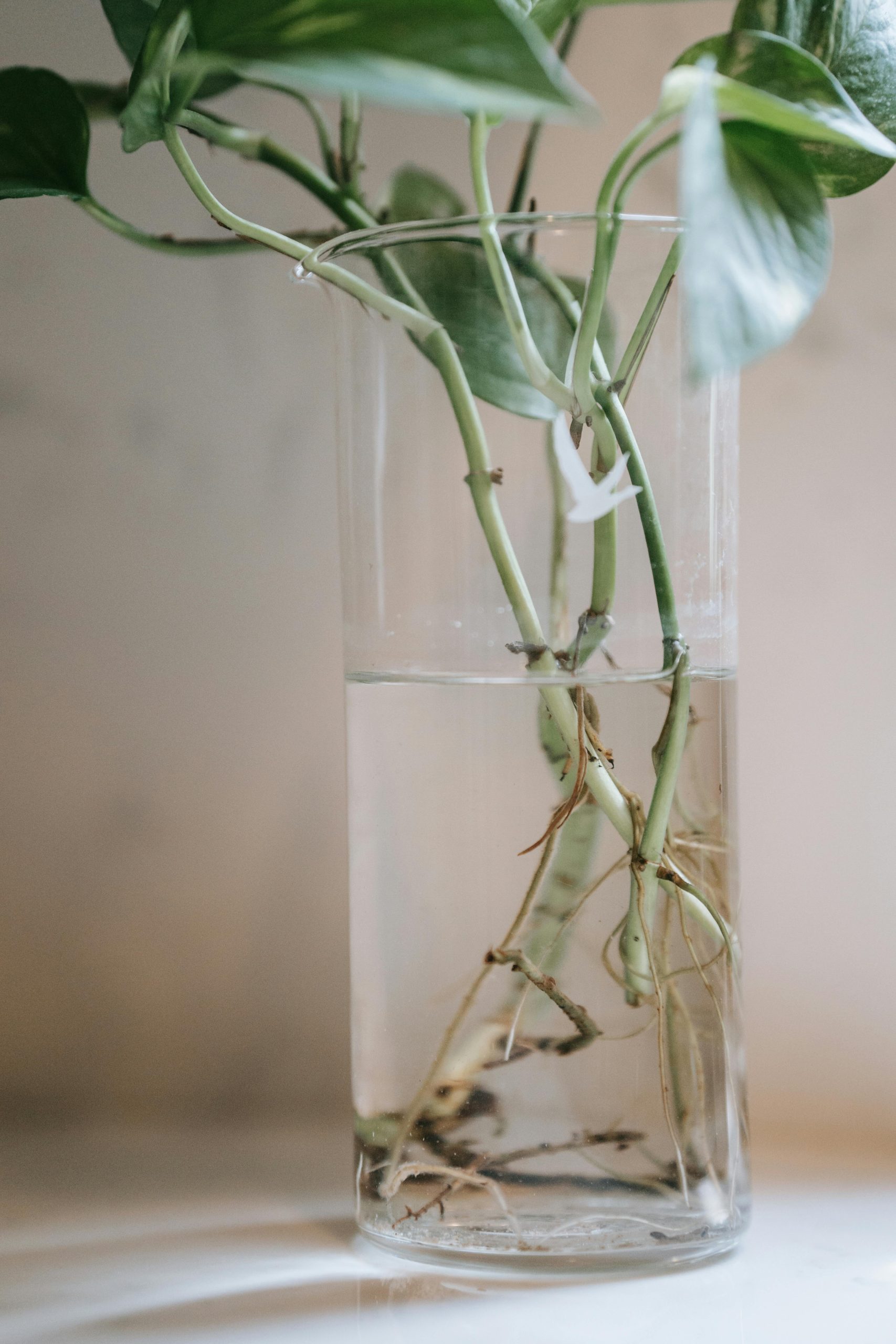
- 1. Vertical Farming Systems
- 2. Automated Climate Control
- 3. LED Grow Lighting Optimization
- 4. Nutrient Film Technique (NFT)
- 5. Aquaponics Integration
- 6. Use of Renewable Energy Sources
- 7. High-Density Planting
- 8. Incorporating IoT Technologies
- 9. Eco-Friendly Materials and Sustainability
- 10. Modular and Scalable Designs
1. Vertical Farming Systems
Maximizing Space Efficiency
In 2025, vertical farming remains one of the leading hydroponic greenhouse ideas to maximize yields. By stacking multiple plant layers vertically, growers can significantly increase the output per square meter. This approach is especially beneficial in urban settings where space is limited. Vertical systems allow for the cultivation of a large number of crops in a compact footprint, making it ideal for small-scale and commercial growers alike.
Implementing hydroponic vertical farms involves using modular racks, towers, or walls equipped with nutrient delivery systems. For example, nutrient-dissolving towers can be designed with automated watering lines, reducing labor while improving efficiency. The development of space-saving hydroponic towers in 2025 has enabled growers to harvest higher yields while reducing land use.
Practical tips include installing adjustable LED lighting within vertical setups to ensure uniform light distribution and using advanced climate sensors to optimize conditions at each level. With these innovations, vertical hydroponic greenhouse ideas are more accessible and productive than ever before.
Cost-Effective Vertical Solutions
Many growers are seeking affordable ways to adopt vertical hydroponic ideas. Recycled materials such as used pallets or repurposed shelving units can serve as the foundation for DIY vertical systems. Additionally, modular components from commercial suppliers can be scaled up as the operation grows, keeping initial costs manageable.
Investing in high-efficiency pumps and timers ensures that nutrients are delivered precisely, reducing waste and operating costs. Automated watering and lighting systems also play a key role in making vertical hydroponic setups sustainable and profitable through 2025.
By carefully planning your vertical system, you can significantly boost yields without drastically increasing your initial investment, making vertical farming one of the most promising hydroponic greenhouse ideas for 2025.
2. Automated Climate Control
Smart Environment Management
Maintaining optimal temperature, humidity, and CO2 levels is crucial for maximizing hydroponic yields in a greenhouse. In 2025, automated climate control systems integrated with IoT devices allow growers to monitor and adjust environmental parameters in real-time. These systems can adjust fans, heaters, humidifiers, and CO2 injectors automatically based on sensor data, ensuring plants always grow under perfect conditions.
For example, adaptive climate control has been shown to increase crop yields by up to 25% by reducing stress and promoting faster growth. Combining humidity sensors with automated misters prevents fungal diseases or mold, common issues in hydroponic setups.
Practical advice includes setting up cloud-based dashboards for remote monitoring and alerts. This enables growers to act swiftly if conditions deviate from ideal ranges, ensuring consistent produce quality even in complex environments.
Energy Efficiency and Cost Savings
Automated climate systems not only optimize plant growth but also contribute to significant energy savings. By precisely adjusting internal environments, growers can reduce unnecessary heating or cooling, lowering energy bills. Implementing weather-responsive systems ensures that energy use is minimized during mild weather days, making hydroponic greenhouse ideas more sustainable and cost-effective.
Investing in energy-efficient equipment like variable-speed fans and LED lighting further complements automation, amplifying the benefits of climate control innovations in 2025.
3. LED Grow Lighting Optimization
Choosing the Right Light Spectrum
Lighting plays a vital role in maximizing hydroponic greenhouse yields, and in 2025, LED grow lights are more efficient and customizable than ever before. Selecting full-spectrum LEDs tailored to the specific growth stages helps plants photosynthesize more effectively, leading to increased biomass and faster harvests.
Modern LED lights allow growers to adjust intensity and spectrum dynamically, matching the plantâs needs from seedling to maturity. For example, blue light encourages leafy growth, while red enhances flowering and fruiting. Using programmable lighting schedules optimizes energy consumption and crop quality.
Research indicates that LED optimization can increase yields by up to 30%, making it a key component of hydroponic greenhouse ideas for maximizing productivity in 2025.
Energy Savings and Cost Effectiveness
Compared to traditional lighting options, LED grow lights consume significantly less power, which translates into lower operational costs. In 2025, advances in LED technology have further improved efficiency, ensuring that growers get the most bang for their buck.
Moreover, longer-lasting LED fixtures reduce replacement frequency and maintenance costs. Smart LEDs with built-in sensors can adjust output based on ambient conditions or plant growth stages, ensuring optimal energy use and enhancing overall yields.
Incorporating energy-efficient lighting is undeniably one of the key hydroponic greenhouse ideas to boost yields while maintaining sustainability.
4. Nutrient Film Technique (NFT)
Understanding NFT Hydroponic Method
The Nutrient Film Technique (NFT) remains a popular hydroponic idea for high-yield greenhouse cultivation in 2025. This method involves flowing a thin film of nutrient-rich water over the roots, which are supported in a slight incline. NFT allows for rapid growth and high-density planting, making it ideal for leafy greens, strawberries, and herbs.
One of the advantages of NFT is the minimal use of water and nutrients, reducing waste and operational costs. Systems are scalable and can be customized, enabling growers to adapt based on space and crop type.
To implement NFT successfully, ensuring proper flow rate and root aeration is essential. Regular monitoring of water pH and nutrient concentration helps maintain optimal conditions for maximum yields.
Managing Challenges and Ensuring Success
The NFT systemâs success depends on consistent water flow and filtration. Clogs or pump failures can quickly impact plant health, so incorporating backup systems and routine maintenance is critical.
In 2025, integrating IoT sensors to monitor flow and nutrient levels can prevent issues before they affect crop yields. Also, combining NFT with supplemental lighting and climate control optimizes growth conditions, ensuring maximum productivity.
Adopting NFT remains a top hydroponic greenhouse idea for efficient, high-yield indoor farming in 2025.
5. Aquaponics Integration
Combining Fish and Plants
Aquaponics merges hydroponics with aquaculture, creating a sustainable cycle of plant and fish cultivation. By 2025, integrating aquaponics into hydroponic greenhouses is gaining traction as an innovative idea to maximize yields and promote eco-friendly practices.
Fish waste supplies nutrients to plants, reducing the need for external fertilizers. In turn, plants filter and clean the water, maintaining a healthy environment for aquatic life. This symbiotic system can produce vegetables and fish simultaneously, offering diversified income streams.
Implementing aquaponics requires careful balancing of water chemistry, fish species selection, and plant varieties. Automated monitoring ensures that nutrient levels, pH, and oxygen remain within optimal ranges, supporting robust growth.
Environmental and Economic Benefits
Besides maximizing yields, aquaponics significantly reduces water consumptionâup to 90% less than traditional farmingâmaking it an excellent hydroponic greenhouse idea for sustainability in 2025.
Additionally, reducing reliance on synthetic fertilizers aligns with eco-conscious consumer trends. This system also allows for year-round production, even in less hospitable climates, increasing overall profitability.
The integration of aquaponics into hydroponic greenhouses exemplifies future-ready farming methods that boost yields and ecological health.
6. Use of Renewable Energy Sources
Sustainable Power Solutions
In 2025, harnessing renewable energy like solar and wind power has become a cornerstone of hydroponic greenhouse ideas. By installing solar panels on greenhouse roofs, growers can offset energy costs from lighting, climate control, and pumps, making their operations more sustainable and cost-effective.
Wind turbines small enough for farm-scale use can supplement power needs, especially in windy regions. Combining these sources ensures a reliable energy supply, critical for maintaining continuous operations that maximize yields.
Many growers are now adopting hybrid systems that integrate energy storage solutions, providing power even during cloudy days or calm periods. Investing in renewable energy not only reduces carbon footprint but also stabilizes operational expenses in 2025.
Energy Independence and Cost Savings
By generating their own electricity, hydroponic greenhouse operators reduce reliance on the grid, insulate against rising energy prices, and enhance resilience. This independence is a strategic advantage for maximizing yields and ensuring steady supply chains.
Furthermore, governments and agencies are providing incentives for renewable energy adoption, making initial investments more accessible. These incentives reinforce renewable energy as a key component of innovative hydroponic greenhouse ideas for 2025.
7. High-Density Planting
Maximizing Plant Spacing and Arrangement
In 2025, optimizing plant density is crucial for boosting yields in hydroponic greenhouses. Using space efficiently involves strategic planning of plant spacing and support systems to accommodate more crops without overcrowding.
Vertical stacking and row arrangements tailored to each crop type facilitate high-density planting. For example, lettuce and microgreens thrive when grown densely under controlled conditions, increasing productivity per square meter.
Advanced planning tools or software help growers model optimal layouts, ensuring airflow and light penetration are maintained. Such high-density planting ideas allow you to get the most from your hydroponic greenhouse space.
Crop Selection for High-Density Growth
Choosing the right crops is essential for high-density hydroponic systems. Leafy greens, herbs, and strawberries adapt well to close spacing and deliver quick harvest cycles. These high-margin crops are perfect for maximizing yields in 2025âs competitive markets.
Implementing succession planting techniques also ensures continuous harvests, leveraging high-density methods to meet market demands consistently.
Practical tips include rotating crops to prevent disease buildup and maintaining uniform nutrient delivery for consistent growth.
8. Incorporating IoT Technologies
Smart Monitoring and Data Analytics
Integrating IoT (Internet of Things) devices into hydroponic greenhouses has revolutionized crop management in 2025. Sensors monitor temperature, humidity, pH, nutrient levels, and light intensity, providing real-time data for precise control.
This technology enables growers to make informed decisions, optimizing conditions for maximum yields. Automated systems can adjust nutrient delivery, lighting, and climate parameters instantly based on sensor feedback, reducing resource waste.
Data analytics derived from IoT systems also help in predictive maintenance, detecting potential failures before they impact crops, thus securing productivity and profitability.
Enhanced Precision and Efficiency
With IoT, gardeners can create highly tailored growing environments, improving plant health and crop quality. The ability to remotely monitor and manage systems reduces labor costs and minimizes human error.
By 2025, this approach is transforming traditional hydroponic practices into highly efficient, tech-driven operationsâone of the most innovative hydroponic greenhouse ideas for yield maximization.
9. Eco-Friendly Materials and Sustainability
Green Building Materials
An increasing focus on sustainability in 2025 means designing hydroponic greenhouses with eco-friendly materials. Using recycled plastics, insulating materials with low embodied energy, and biodegradable plastics aligns with green hydroponic ideas.
Sustainable construction reduces environmental impact and supports green branding, appealing to eco-conscious consumers. Implementing rainwater harvesting and composting systems further enhances sustainability.
Eco-friendly materials often improve insulation and reduce energy consumption, ultimately enhancing yield outcomes by creating a stable environment.
Reducing Chemical Use and Waste
Practicing organic nutrient delivery and pest control in hydroponic systems minimizes chemical dependence, making your operation more sustainable. Many hydroponic greenhouse ideas now incorporate biological pest control, compost teas, and natural fertilizers.
This approach maintains quality produce while reducing environmental impact. In 2025, consumer demand for organic, eco-friendly products continues to grow, creating lucrative opportunities for sustainable hydroponic farms.
Implementing waste reduction practices, such as nutrient recycling systems, further supports ecological goals and boosts overall productivity.
10. Modular and Scalable Designs
Flexible Greenhouse Modules
Scalability is a key trend in 2025, and modular greenhouse designs exemplify this hydroponic greenhouse idea. Using prefabricated, easy-to-assemble modules allows growers to expand or reconfigure their operations seamlessly as demand increases.
Modules can be customized with specific lighting, climate control, or crop zones, offering personalized growth environments. This flexibility supports seasonal adjustments, crop rotation, or research projects.
Investing in scalable systems means that your hydroponic farm can evolve without major disruptions, maximizing yields over time and adapting to market trends efficiently.
Future-Ready Growth Strategies
By adopting modular and scalable greenhouse designs, you can future-proof your hydroponic operation. This approach reduces upfront costs and spreads investment over time, making it accessible for new growers while supporting expansion for established farms.
In 2025, integrating these designs with automation, renewable energy, and digital monitoring will position your farm at the forefront of innovative, yield-maximizing hydroponic ideas.
Conclusion
In 2025, the most successful hydroponic greenhouses will incorporate a mix of innovative ideasâranging from vertical farming and IoT technology to sustainability and renewable energyâto maximize yields. The keyword phrase hydroponic greenhouse ideas encompasses a broad spectrum of strategies that, when combined effectively, can transform your farming operation into a high-efficiency, future-proof enterprise. Staying current with these trends and implementing proven concepts will ensure you stay competitive and achieve your yield goals in the coming year and beyond.
Frequently Asked Questions
- What are the best hydroponic greenhouse ideas for 2025?
- Top ideas include vertical farming, automated climate control, LED lighting optimization, aquaponics integration, and modular scalable designs.
- How can I increase yields in my hydroponic greenhouse?
- Implementing high-density planting, using advanced LED lighting, optimizing nutrient delivery, and automating environmental controls can significantly boost yields.
- Are renewable energy solutions effective for hydroponic greenhouses?
- Yes, solar and wind power can reduce operational costs and make greenhouses more sustainable while ensuring consistent energy supply for maximum crop production.
- What role does IoT technology play in hydroponic greenhouses?
- IoT devices enable real


